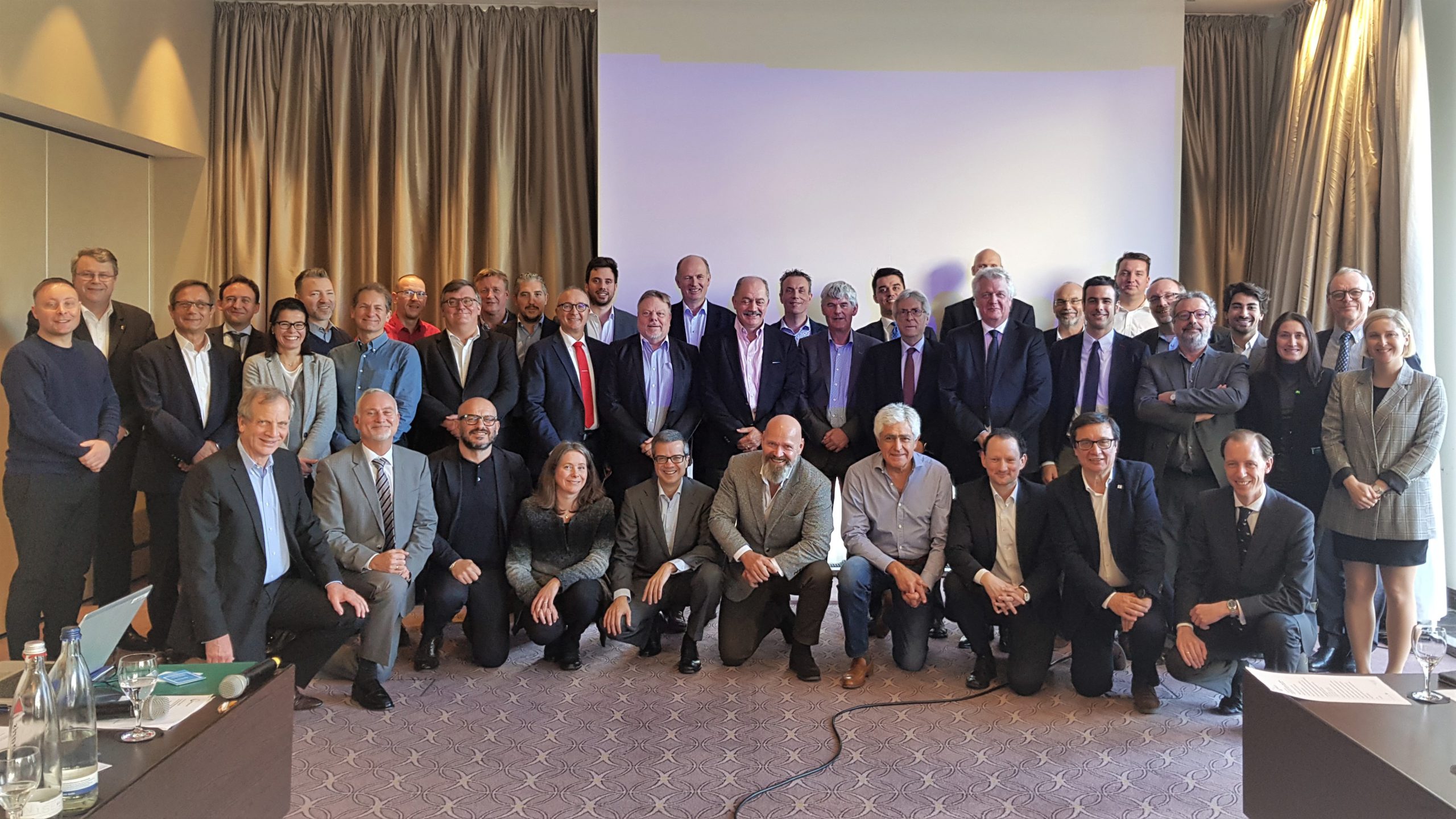Voluntary agreement and workplace safety
Like many natural or synthetic substances alike, formaldehyde should be handled with care and the appropriate precautions should be taken when working with the substance in an industrial setting. Occupational exposure can occur in industries that use formaldehyde, including the manufacture of formaldehyde or formaldehyde-based resins. A wide array of safety measures are implemented to limit exposure to formaldehyde process emissions and Formacare recommends the highest level of protection in occupational settings, including the use of closed systems and high standard ventilation units.
In May 2019, Formacare’s General Assembly approved a voluntary agreement to implement an occupational exposure limit (OEL) for formaldehyde. The formaldehyde sector’s voluntary agreement took effect a full two years ahead of the new legislative requirement of the Carcinogens and Mutagens Directive (CMD) that entered into force on July 11th 2021. This was a unique commitment supported by trade unions in the Formaldehyde Value Chain Alliance as well as in the wider value chain.
In 2021, the voluntary agreement was signed by all Formacare members (against 79% in 2019), covering more than 90% of the European market. It is a commitment to voluntarily implement OEL values as proposed by the European Scientific Committee on Occupational Exposure Limit (SCOEL) and adopted under the third revision of the CMD (CMD3, June 2019), i.e. 0.3 parts per million (ppm) for the 8-hour Time-Weighted Average (TWA) and 0.6 ppm for the short-term exposure limit (STEL).
There is consensus among industry and trade unions that these values constitute safe thresholds for workers, and are supported by the science on formaldehyde. Signatories are committed to continue improving health through prevention and the protection of workers exposed to formaldehyde in the workplace.

Results of the third and final campaign
Reported formaldehyde exposure at the workplace in Europe



Reported measurements were conducted by companies according to national legislation and recognised standardised methods, as from the second half of 2020 to the first quarter of 2021. The campaign covers overall more than 90% of the formaldehyde production in Europe, from 16 countries across Europe (against 13 in the first round of measurements reported in 2019-2020).
Lars Eric Johansson, Chairman of Formacare, commented:
“Our Voluntary Agreement has proven fit for purpose. These last campaign results show the dedication of the members of Formacare in protecting their workers, with 99.9% of the workers not exposed to formaldehyde levels beyond target occupational exposure limits of 0.3 parts per million. We realise this is not a perfect score, but are aspiring perfection by the time the legal binding limit is in place.”
Building on the learnings to date from its Voluntary Agreement, Formacare has gained major experience and established constructive relationships with trade union partners and industry partners.
Download here the final results of the Formacare Voluntary Agreement – July 2021
Download here the results from the first 2021 campaign (May 2021)
Download here the results from the 2020 campaign
